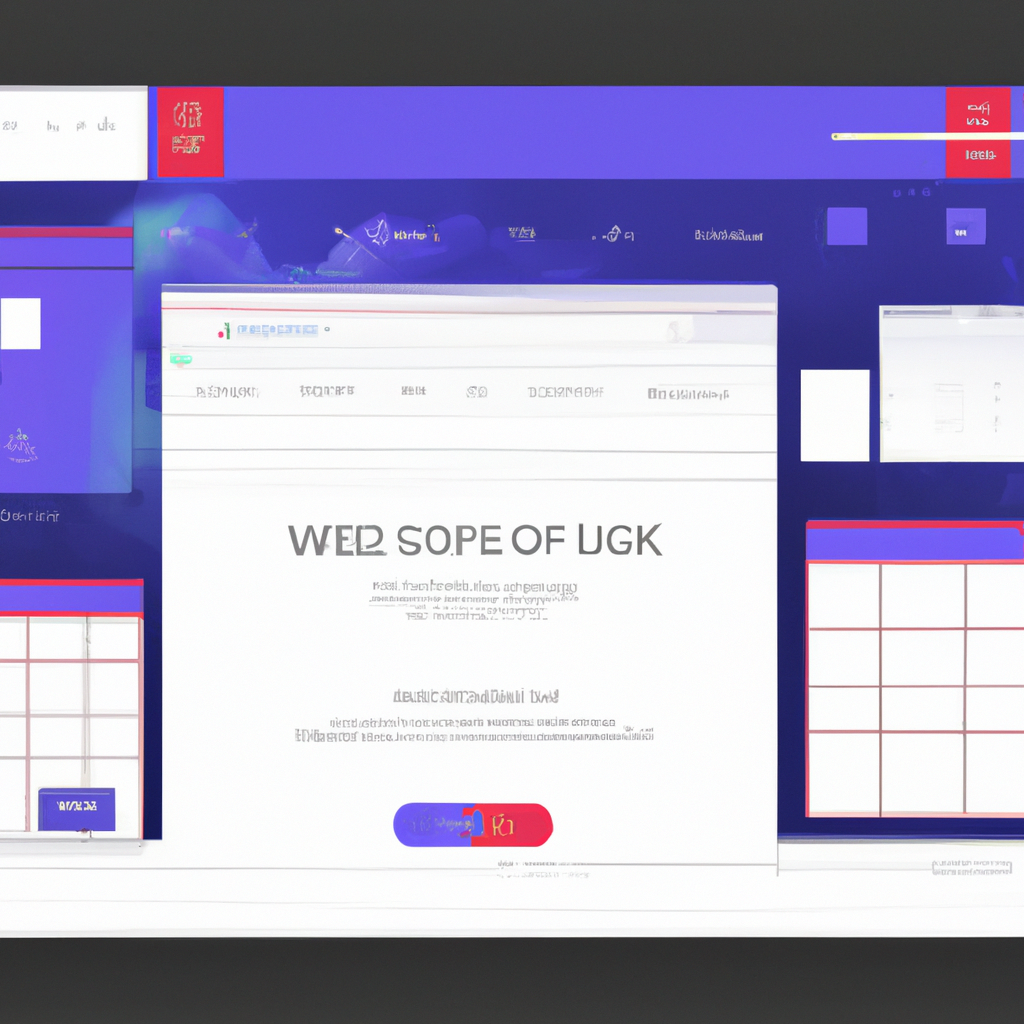
Web design is an ever-evolving field that requires web designers to keep up with the latest trends and technologies. One such technology that has gained traction in recent years is CSS animations. CSS animations are a powerful tool that can enhance the user experience on a website. In this article, we will explore the benefits of CSS animations and how they can be used to create engaging web designs.
What are CSS Animations?
CSS animations allow web designers to animate HTML elements using CSS. Animations can be created for a variety of effects such as transitions, transforms, and keyframes. CSS animations are lightweight and do not require any additional plugins or software to work. Animations can be applied to any HTML element, including text, images, and buttons.
Why Use CSS Animations?
CSS animations offer a range of benefits for web designers. Here are some of the key advantages of using CSS animations:
Enhanced User Experience
CSS animations can be used to improve the user experience on a website. Animations can be used to draw attention to important elements on a page, such as calls to action. Animations can also be used to provide feedback to the user, such as when a button has been clicked.
Improved Engagement
Animations can be used to create engaging web designs that capture the user’s attention. Animations can be used to provide visual interest to a page, making it more engaging and memorable.
Increased Interactivity
CSS animations can be used to create interactive elements on a website. For example, animations can be used to create hover effects or to animate navigation menus.
Better Performance
CSS animations are lightweight and do not require any additional plugins or software to work. This means that they can be used to create animations that do not impact the performance of the website.
How to Use CSS Animations
CSS animations can be used to create a wide range of effects on a website. Here are some examples of how CSS animations can be used:
Transitions
Transitions are used to create smooth animations between two states of an element. For example, a transition can be used to fade in an element when it is hovered over.
Transforms
Transforms are used to modify the shape, size, or position of an element. For example, a transform can be used to rotate an image when it is hovered over.
Keyframes
Keyframes are used to create complex animations that change over time. For example, a keyframe can be used to animate a character walking across a screen.
Best Practices for Using CSS Animations
When using CSS animations, it is important to follow best practices to ensure that they are effective and do not impact the performance of the website. Here are some best practices for using CSS animations:
Keep Animations Simple
Simple animations are easier to create and are less likely to impact the performance of the website. Avoid creating complex animations that require a lot of resources.
Use Animations Sparingly
Avoid using too many animations on a page as this can make the page feel cluttered and overwhelming. Use animations sparingly to create a more subtle effect.
Optimize Animations for Performance
Optimize animations for performance by using hardware acceleration and minimizing the number of repaints required.
Conclusion
CSS animations are a powerful tool that can enhance the user experience on a website. They offer a range of benefits, including improved engagement, increased interactivity, and better performance. When using CSS animations, it is important to follow best practices to ensure that they are effective and do not impact the performance of the website. By using CSS animations, web designers can create engaging and memorable web designs that stand out from the competition.